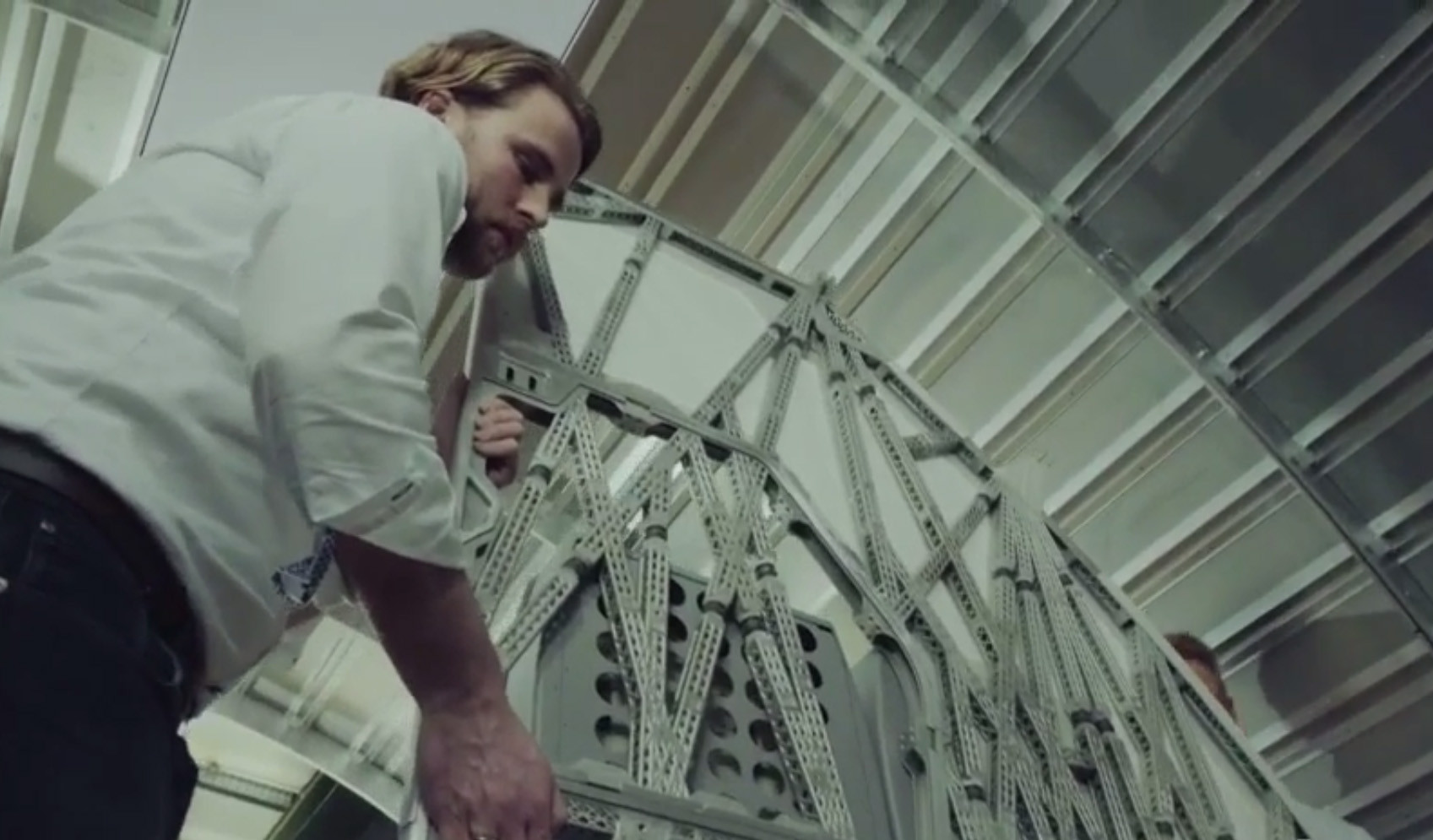
Evolution is a powerful thing. It’s the driving force behind life as we know it.
With the technology available to us today, it was only a matter of time before the power of evolution was harnessed to shape the material world too.
Generative design is an automated, iterative approach to design that uses the power of cloud computing to analyze and select different designs that are optimized to pre-specified parameters. The resulting designs are sometimes highly unusual, even other-worldly or alien-like, with intricate cellular or lattice structures for objects that require high-strength properties while minimizing the amount of material used.
The big question on the lips of most engineers is: will engineers still be needed in the design process? The simple answer is yes, but their role will change considerably.
The changing role of the design engineer
As generative design becomes the standard design technique, the day-to-day role and skills required of a design engineer will change. Traditionally, engineers have been responsible for creating or interpreting the design brief, coming up with ideas to fulfill the brief and sketching, drawing, and tweaking the design.
Generative design enhances the creative elements of the design process. The engineer still must interpret the brief and decide on suitable parameters and properties.
The computer does the rest, using algorithms that iteratively improve the design until it reaches an optimal balance between the chosen parameters. The software then provides several options to the engineer, who can decide to use one of the designs as it is or tweak it for aesthetic reasons. Therefore, the design engineer still has control over the decision-making elements of the design, but time is saved doing the ‘leg-work.’
An obvious advantage of this approach is that the computer will often create designs that are beyond the imagination of human designers. With the number of iterations only limited by processing power and time, the results will be far more optimal than anything even a large team of engineers could produce.
Also, there is the psychological phenomenon of human bias. An engineer may dismiss a design idea as impossible or preposterous without even investigating in any detail, whereas a machine has no such preconceptions. The computer will try any number of structures, arrangements, or layouts until it reaches its goal.
Therefore, it would seem that the role of the design engineer is changing from ‘creator’ to ‘facilitator’ or ‘overseer.’ Whether this is a lesser role depends on your perspective. One thing is clear – there will still be a need for skilled design engineers.
A collaboration between software and engineers
At the moment, generative design is a partnership between the design package and the engineer. The engineer pulls the strings and the computer does the rest.
Software such as Autodesk’s generative design is highly functional, allowing the design engineer to input a wide array of design parameters and objectives, such as the type of material, desired performance and mechanical properties, cost considerations, and fabrication technique.
The software then runs through a huge number of generated designs towards solutions that satisfy the engineer’s requirements. The resulting options are presented to the designer with a full set of data which includes the mechanical properties of the object. The engineer evaluates the various results and then has the option to return to the design parameters and adjust them if necessary.
Generative design ties into another piece of Autodesk software called Netfabb, which fabricates designs using additive manufacturing (also known as 3D printing). This means that a prototype of the product can be made very quickly once a design is chosen in the Autodesk generative design system. This highly integrated approach to design and manufacturing is making the process more streamlined and efficient than ever before.
The future of generative design
Generative design is already making its mark on the world we live in. New Balance has developed customizable running shoes that are generatively designed to exactly fit the feet and running posture of athletes, before being additively manufactured.
In the not-too-distant future, it will be commonplace to see unusual-looking products and structures that have been generatively designed for optimal functionality.
The challenge for designers and product developers is to stay competitive in the marketplace. As more and more companies adopt generative design practices, it’s likely that their offerings will become homogenized. The challenge then will be for design engineers to use their knowledge and skill to adjust the design requirements, thus allowing the computer to come up with original designs.



Add comment
Connect with: Log in
There are no comments